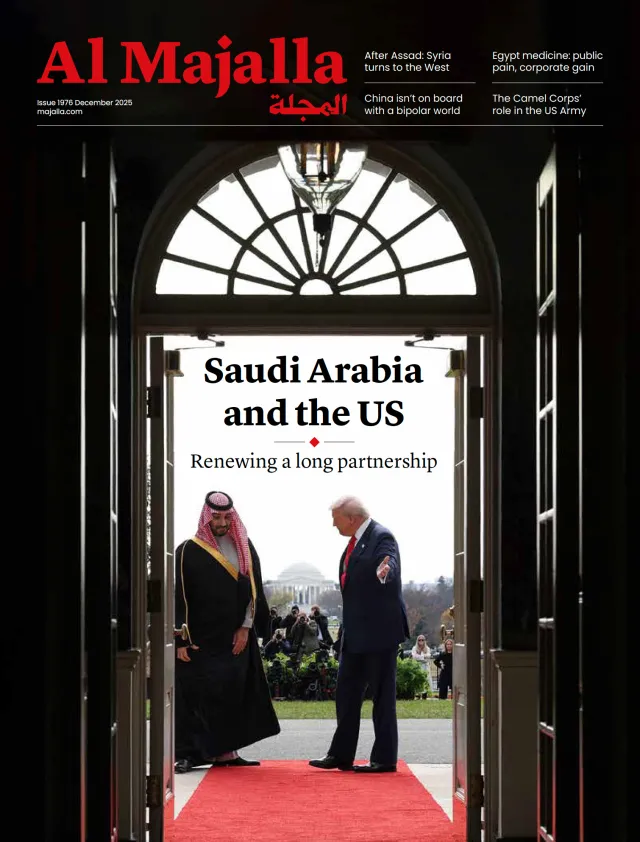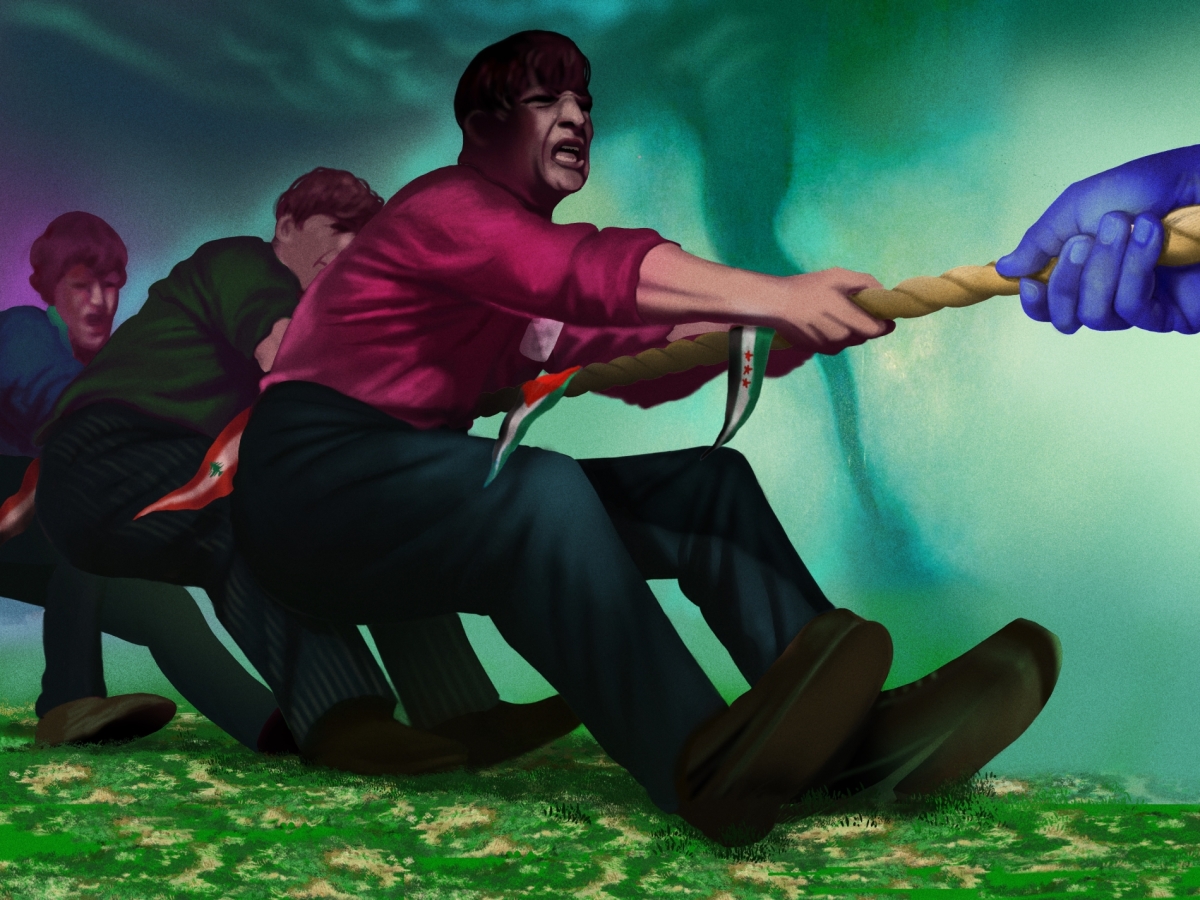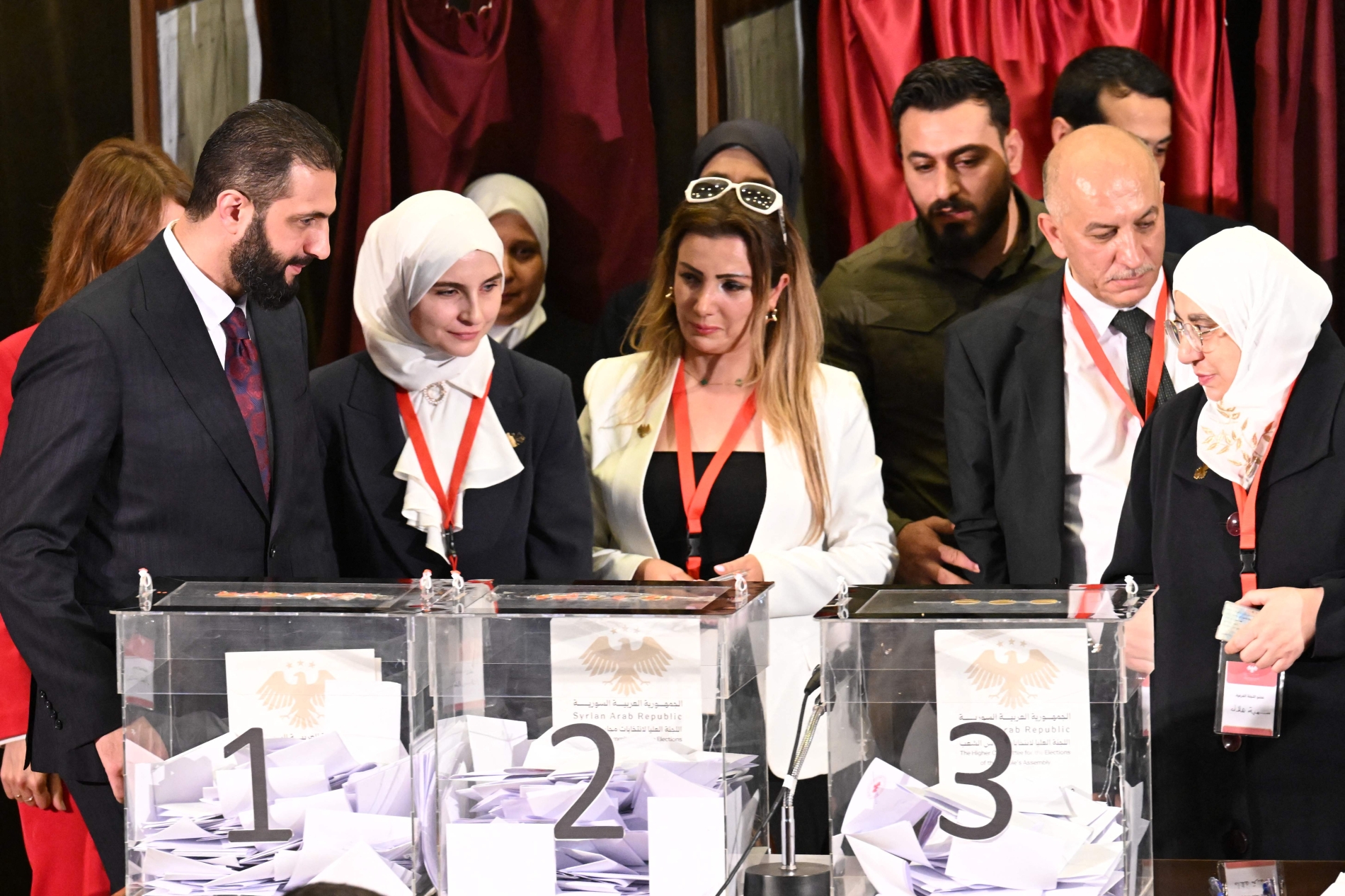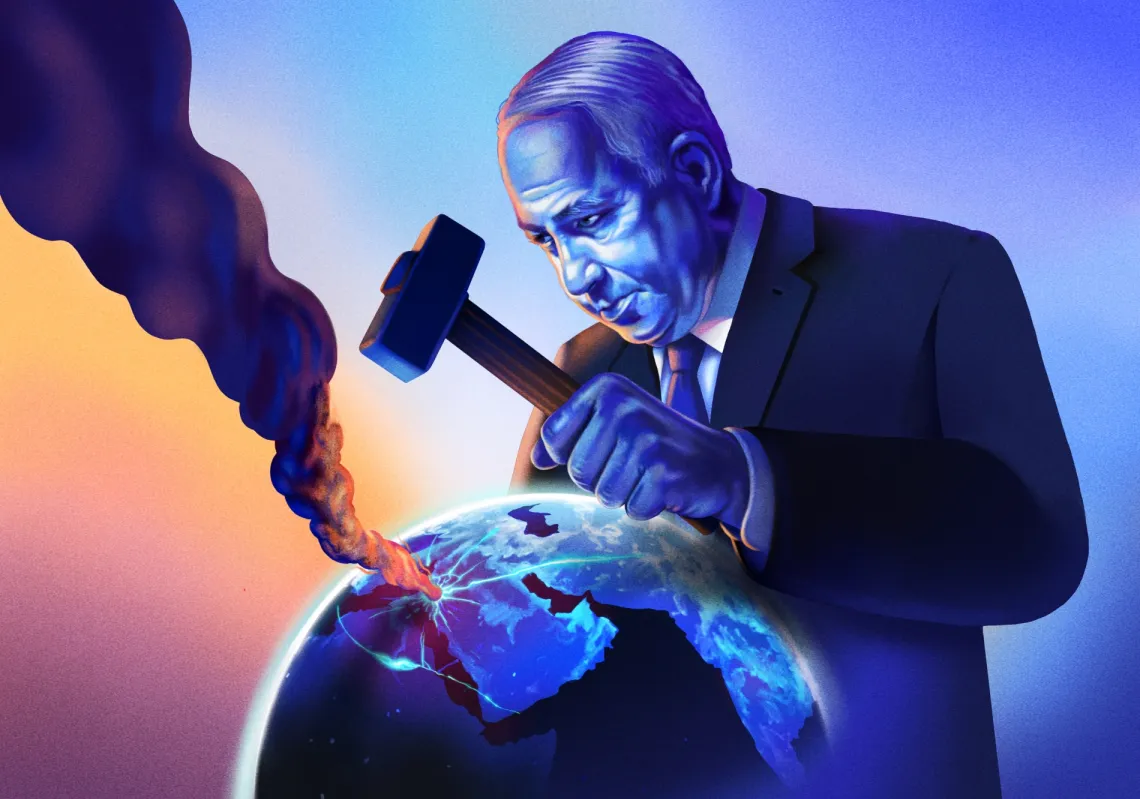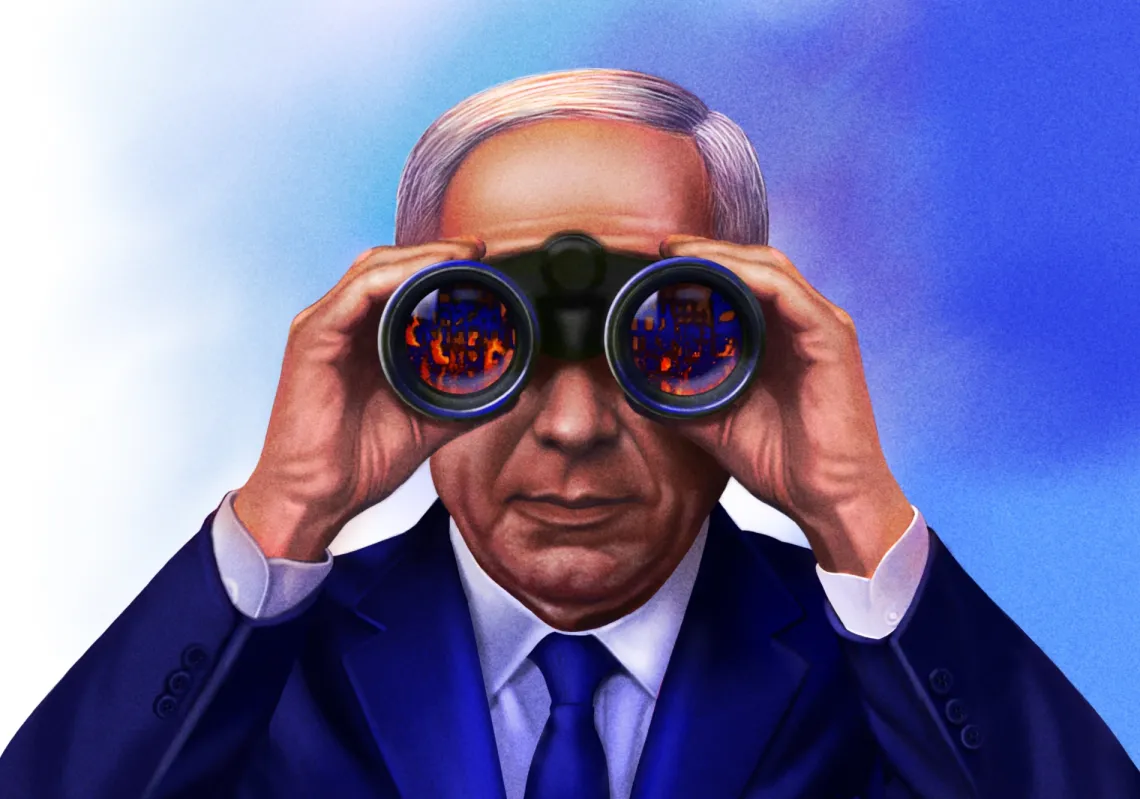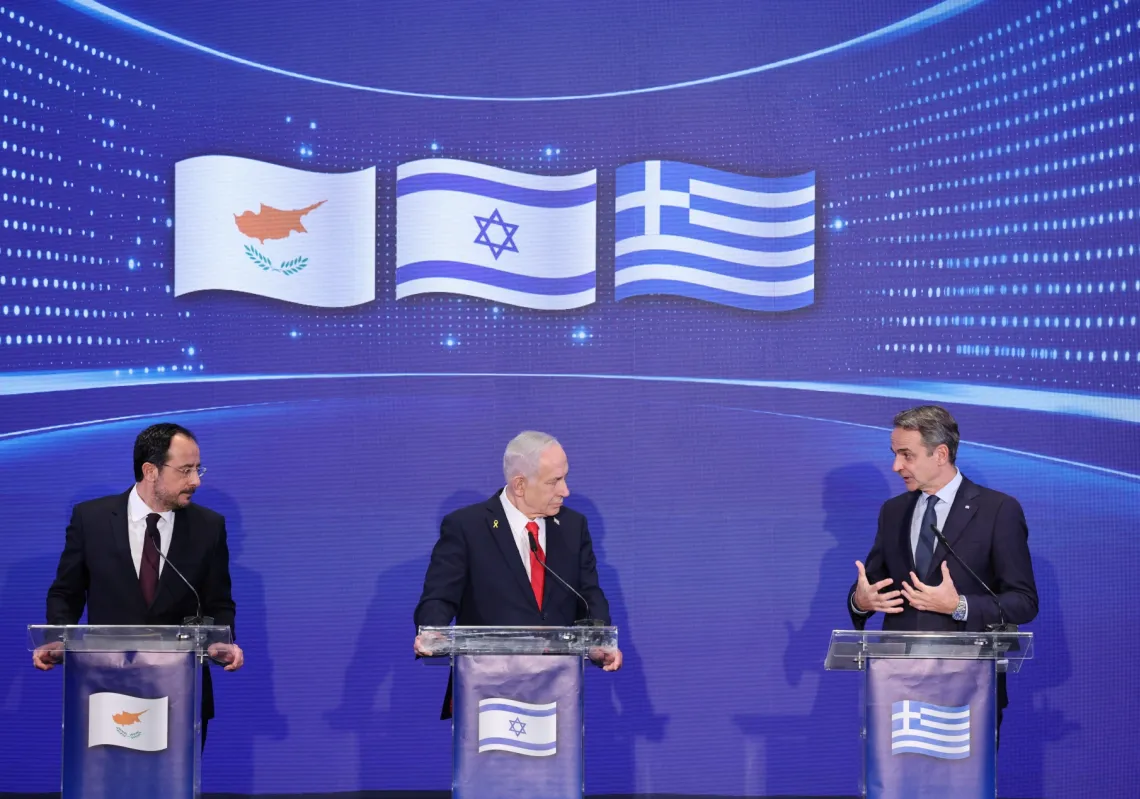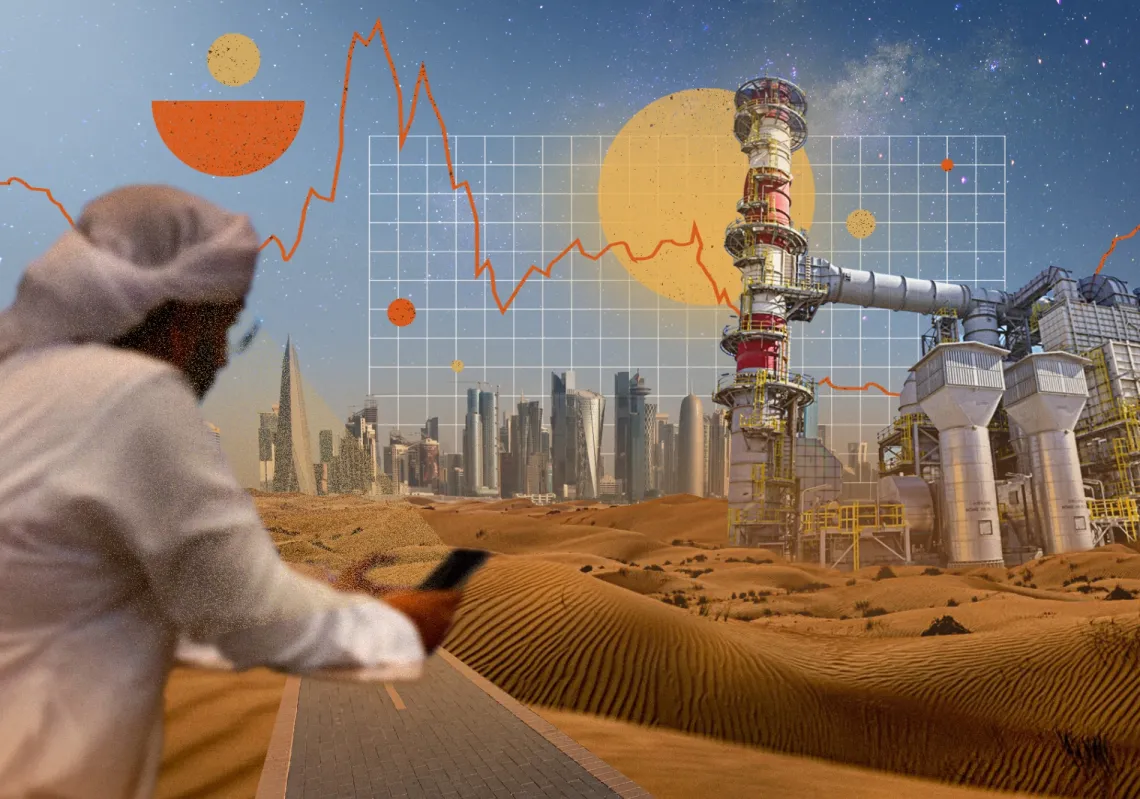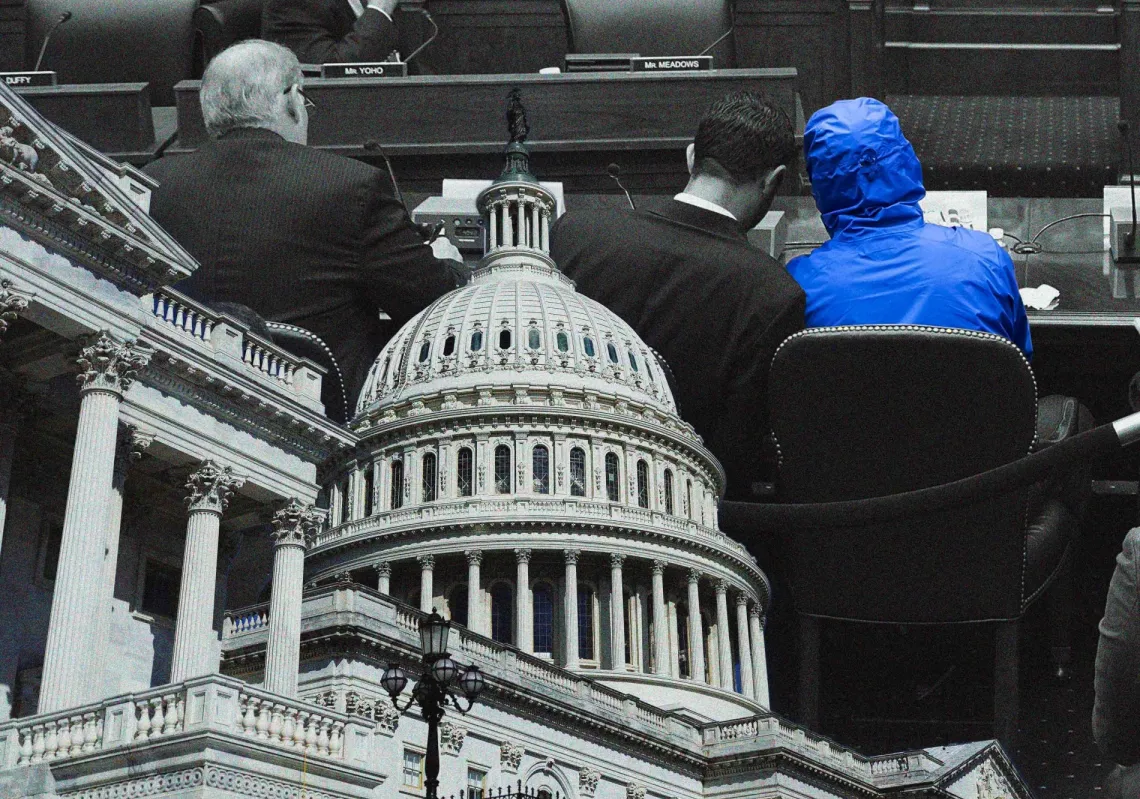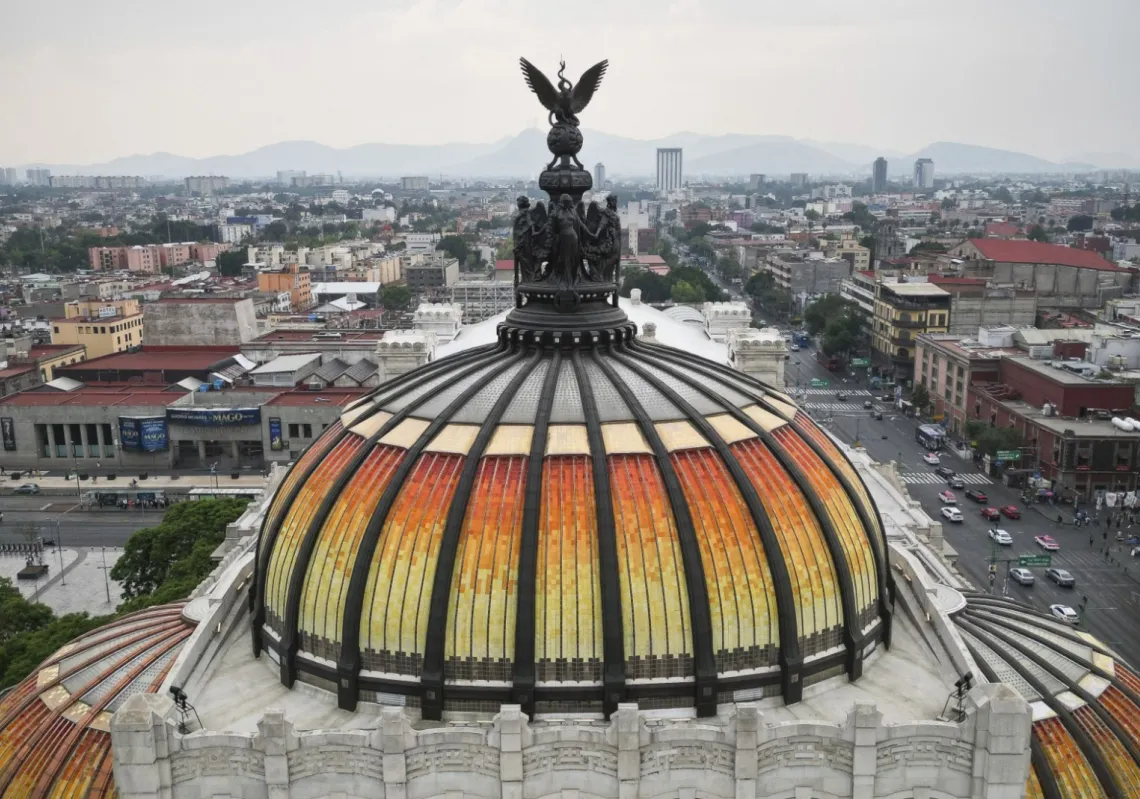As we approach the two-year mark of the region-wide conflict unleashed by the attacks of October 7, 2023, it is important to take stock of how this poly-crisis has transformed the Middle East—and how it might evolve in the months ahead.
What began as an Israel-Hamas conflict has become a region-shaping event, redrawing the balance of power and forcing every major actor—Israel, Iran, Türkiye, the Gulf, and the United States—to make strategic choices that will determine whether the Middle East tips toward a new era of integration and stability, or slides into a wider and more chaotic conflict.
At stake is nothing less than the shape of a new regional order. Will Israel consolidate its unprecedented military position by pursuing normalisation, regional integration, and a political settlement with its neighbours? Will Iran reconsider its policy of forward intervention and find a new basis for security and diplomacy? Can the United States and Gulf states leverage their influence to stabilise rather than merely react? And will the fragile opportunities for state revival in Lebanon and Syria become catalysts for regional revival or be lost in new rounds of regional conflict?
Winners and losers
Israel has clearly emerged as the primary regional military power. Its operations have shaped events not only in Gaza, but also in Lebanon, Syria, Yemen, and even on Iranian soil. Its ability to strike Iranian facilities with impunity has shattered old deterrence assumptions and reset the regional military balance.
Iran, by contrast, has been the primary loser. Its once-potent “axis of resistance”—which for years imposed a rough balance of power with Israel—has been hollowed out. Tehran has been forced out of Syria, Hezbollah’s power in Lebanon has been greatly diminished, and Iran has shown itself unable to prevent direct attacks on its territory.
Türkiye, meanwhile, has quietly gained influence. Its protégé, Ahmed al-Sharaa, has risen to the Syrian presidency, giving Ankara new leverage in Damascus and restoring some of its regional prestige. The Gulf states had, until very recently, succeeded in keeping out of direct confrontation. Israel’s strike on Qatar in September, however, has put them on edge and could yet draw them deeper into the conflict.
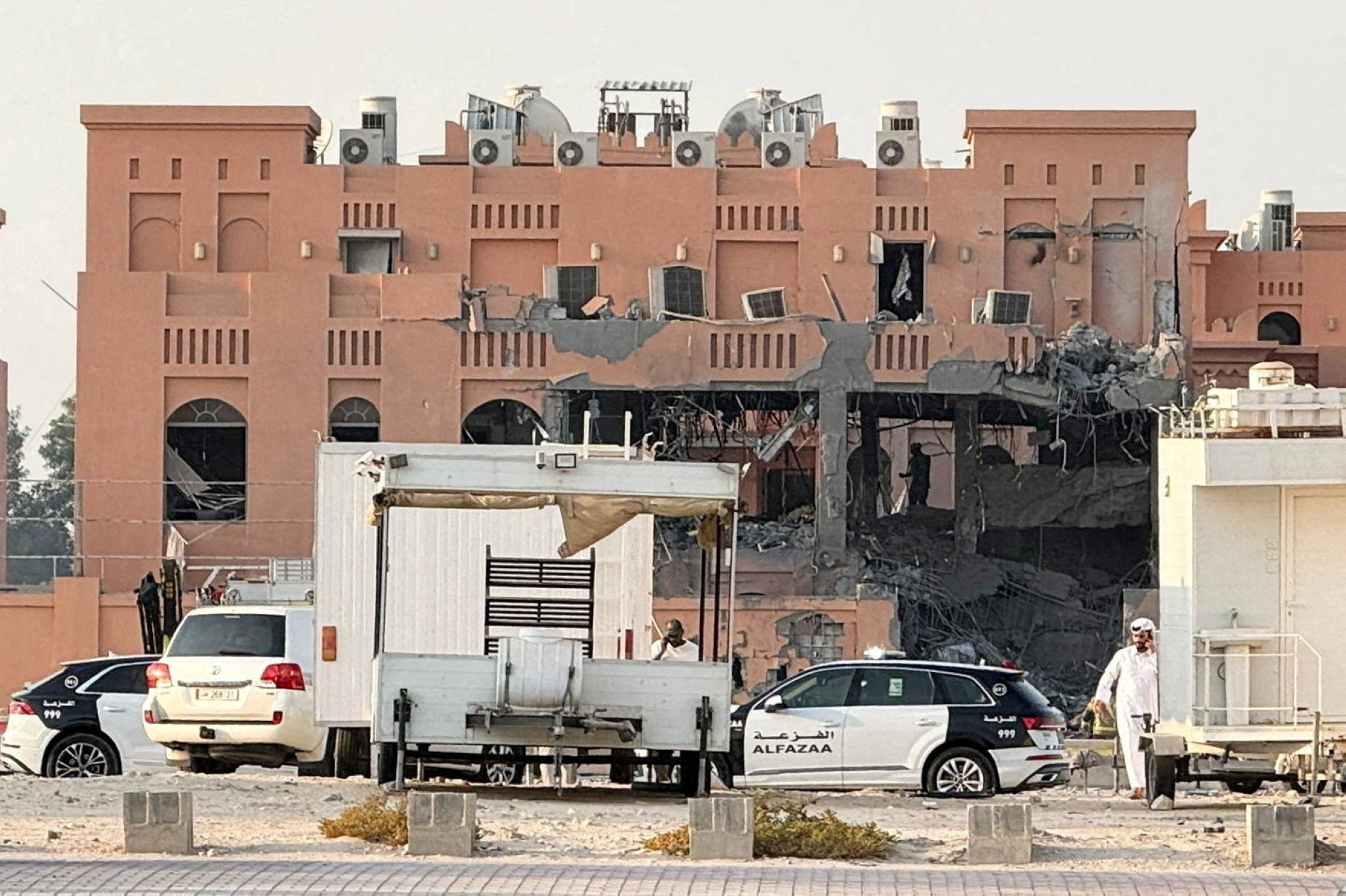
Awaiting a new order
The decades-old regional order—built around a balance of power between Israel on one side, and Iran and its network of allies, on the other—has collapsed. But a new one has yet to emerge.
From its position of newfound strength, Israel will have a big say in how this new order takes shape. It could consolidate its battlefield gains and use them as a springboard toward a regional security framework that permanently integrates it into the Middle East. This would mean ending the war in Gaza, advancing normalisation with Saudi Arabia, offering a credible political horizon to the Palestinians, and opening the door to reconciliation with Syria, Lebanon, and other Arab and Muslim countries.
But this is not the course that Prime Minister Benjamin Netanyahu appears to be pursuing so far. The war in Gaza was hurtling into a third year, and he had just tried to undermine the diplomatic attempts to end the war in Gaza by trying to assassinate the Hamas negotiating team in Doha. Indeed, it was Israel’s attack on Qatar that seems to have galvanised President Trump to return forcefully onto the scene and push through a Trump plan to end the war in Gaza—while also giving Qatar a US security guarantee and stating bluntly that “I will not allow Israel to annex the West Bank.”
The Trump plan may still fall through, as Hamas continues to seek to negotiate certain details of the agreement. If it does go through, however, Trump might have forced Israel’s hand to end the war in Gaza, shelve its plans to annex the West Bank, and pivot toward a deal with Saudi Arabia.
If it doesn't, the war will escalate into a third year and bring us back to the dangerous situation we were in just a few weeks ago. Indeed, the attack on Qatar and rising tensions with Türkiye indicated in early September that we were in for a widening regional conflict. Even the apparent “wins” in Lebanon and Syria remain militarised and unresolved. Rather than turning battlefield success into a new security architecture, Prime Minister Netanyahu—without US pressure—risks keeping Israel, and the region, in open-ended conflict.

Iran’s role
Tehran faces its own moment of reckoning. Its strategy of “forward defence” through militias and interventions in Arab states has failed. Iran now finds itself without effective deterrence, its allies weakened, and its influence diminished.
Yet no major strategic rethink has yet taken place in Tehran. The regime continues to back its surviving proxies and cling to its previous nuclear posture. This inertia is dangerous: it invites further Israeli escalation and risks leaving Iran more isolated and vulnerable.
Iran has an alternative path—one that could secure its borders and restore its place in the region. It could pivot toward diplomacy with its Arab neighbours, abandon its militia strategy, and seek negotiated solutions to longstanding disputes, including the Palestinian question. It could focus on building regional public goods—such as security frameworks, economic corridors, and energy interconnections—that would benefit its own regime security as well as its population, and give it a stake in regional stability.
Limited Gulf leverage
The Gulf states favour a stable and integrated regional order, but they remain limited players in the current military equation. Saudi Arabia’s offer of normalisation with Israel remains the most important piece of diplomatic leverage on the table. It could unlock a transformative shift in Israeli-Arab relations, but thus far it has not moved Netanyahu’s hard-right coalition. And despite repeated overtures, they have not shifted Iran’s regional calculus.

